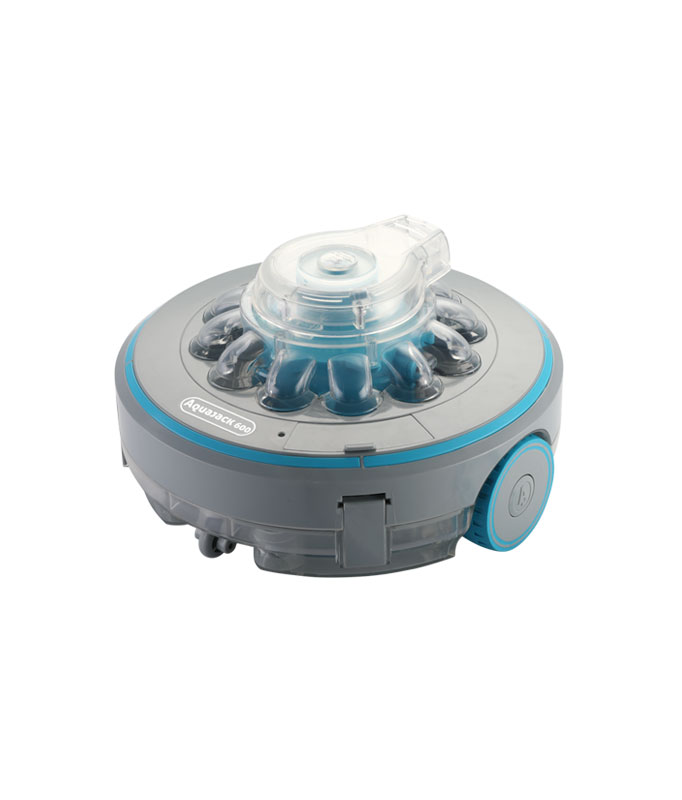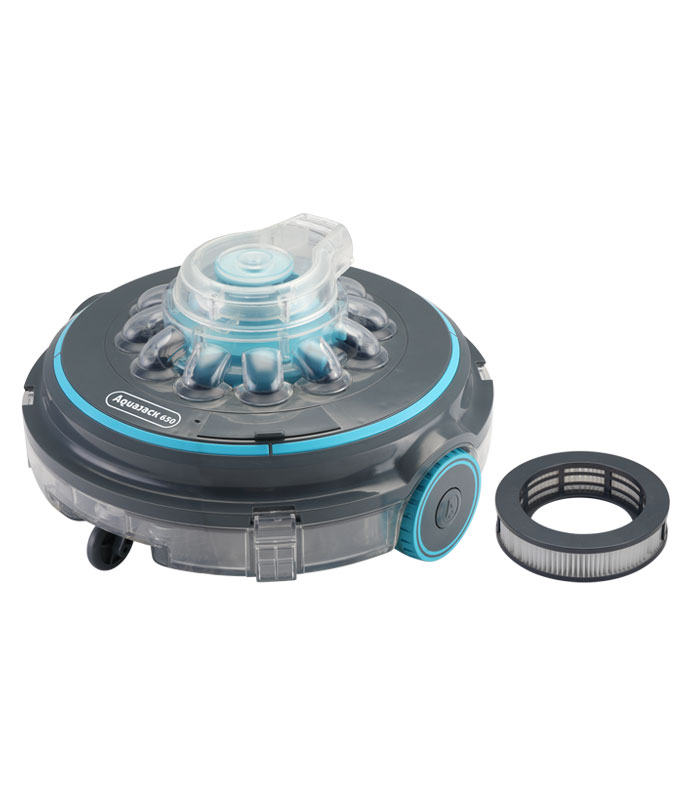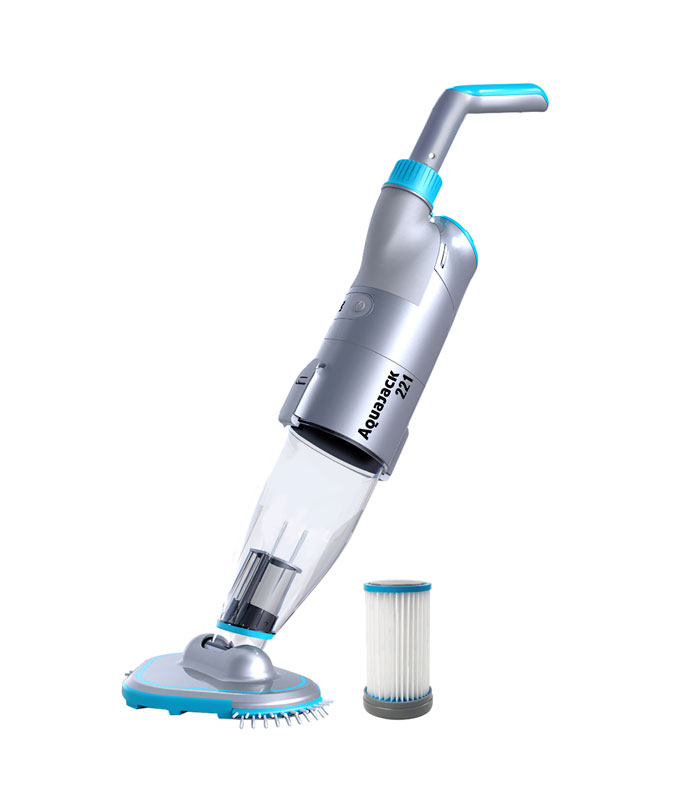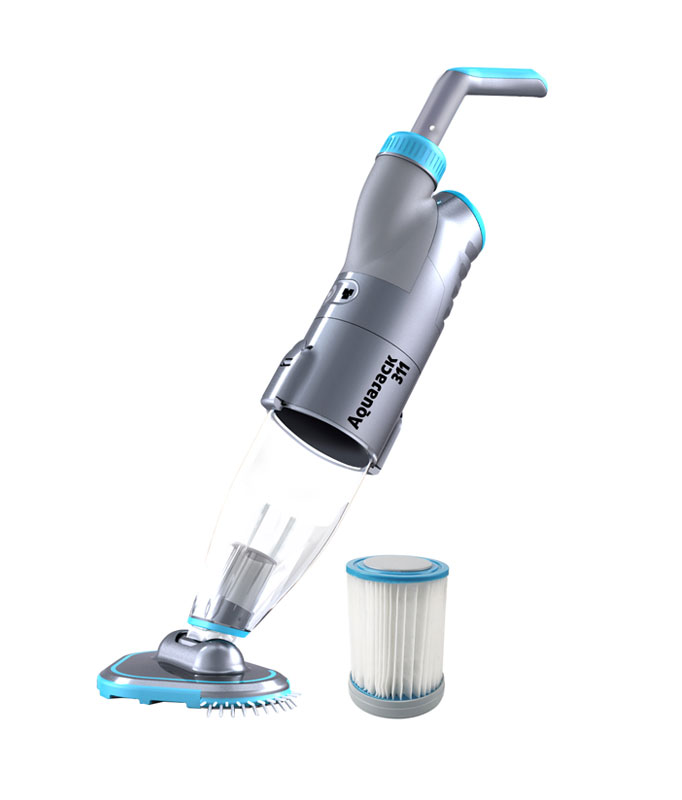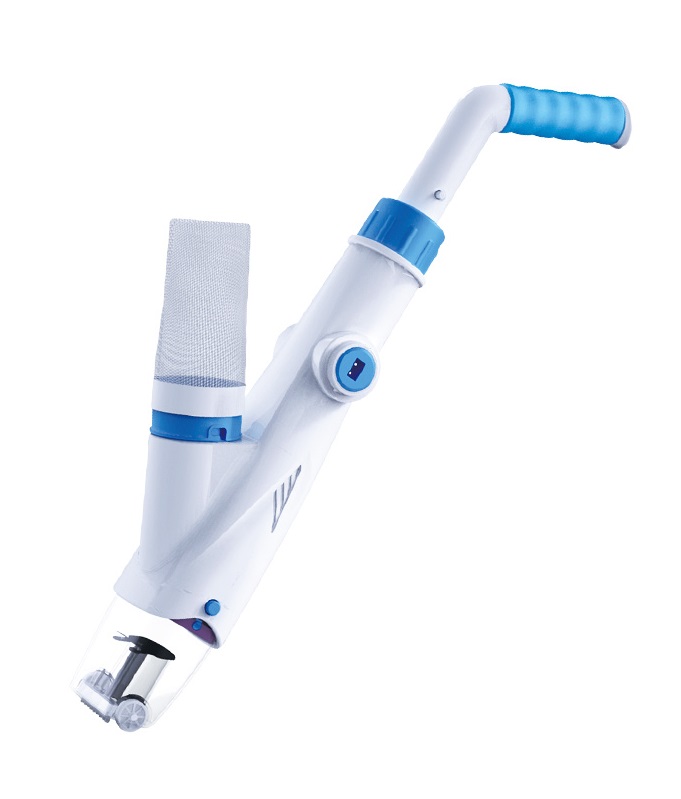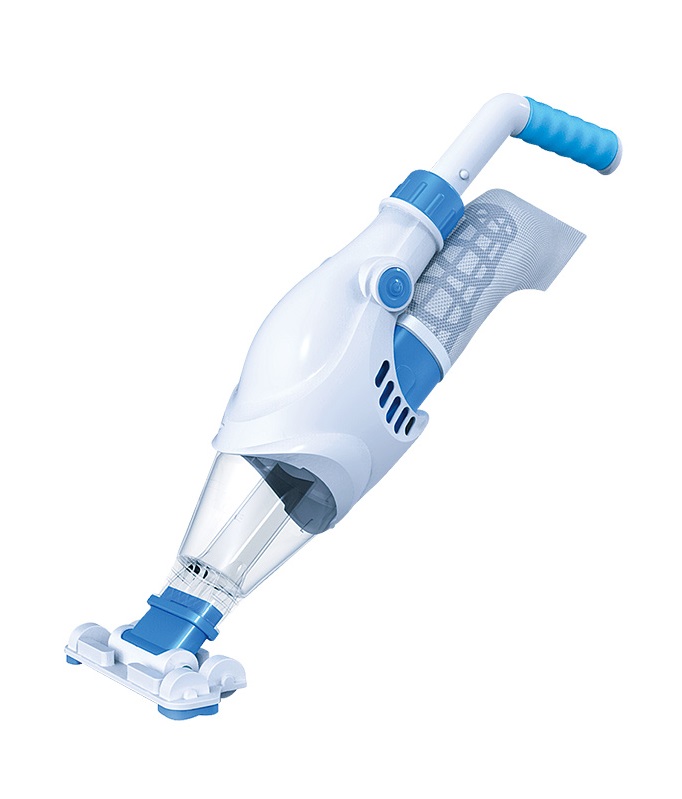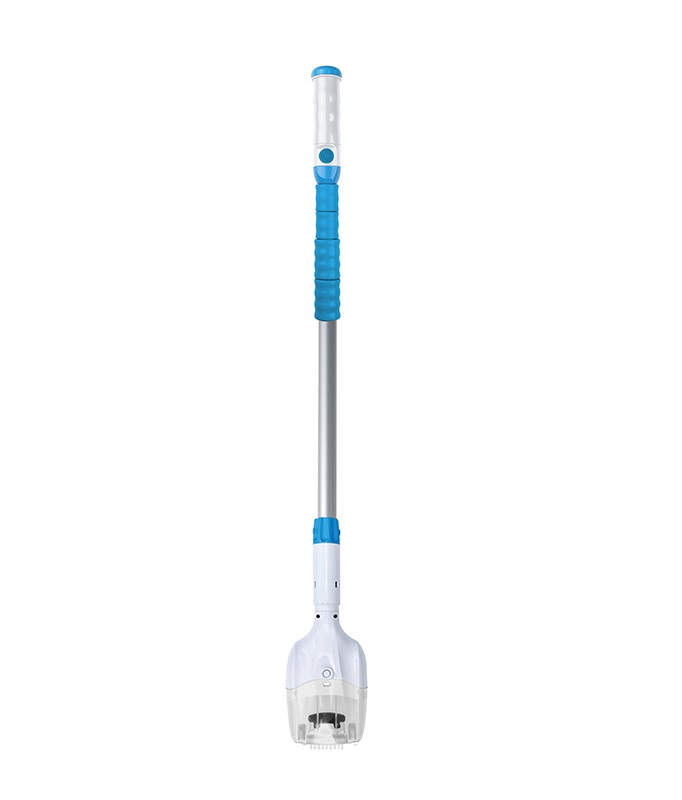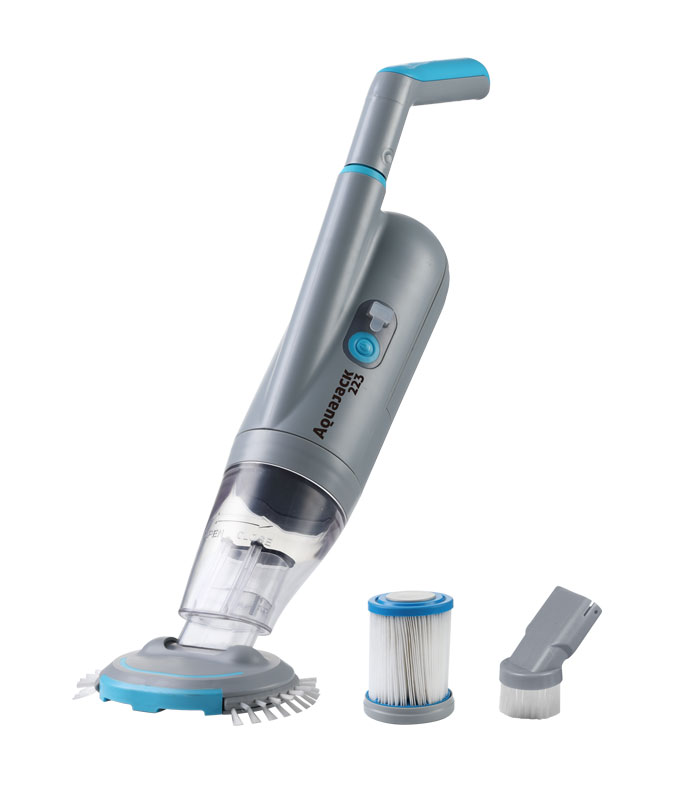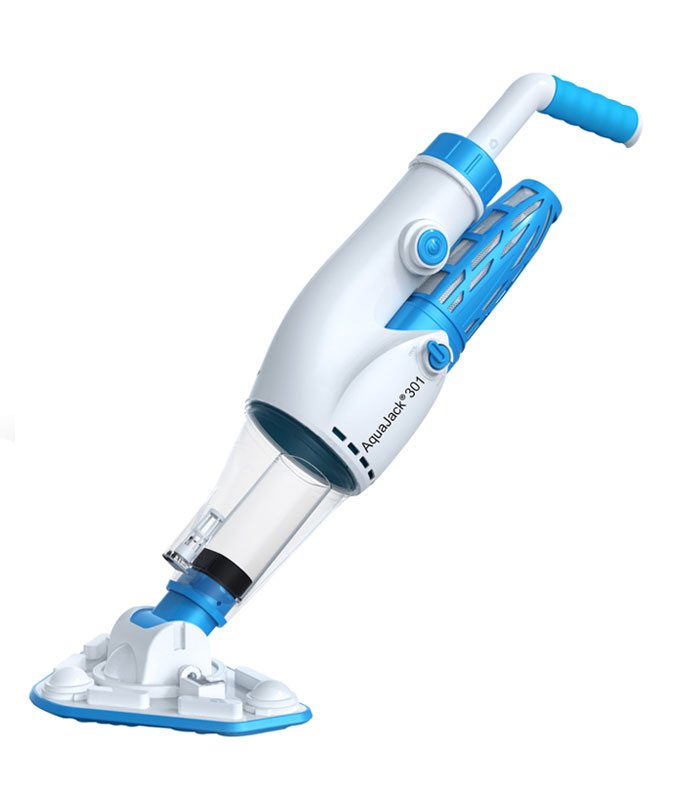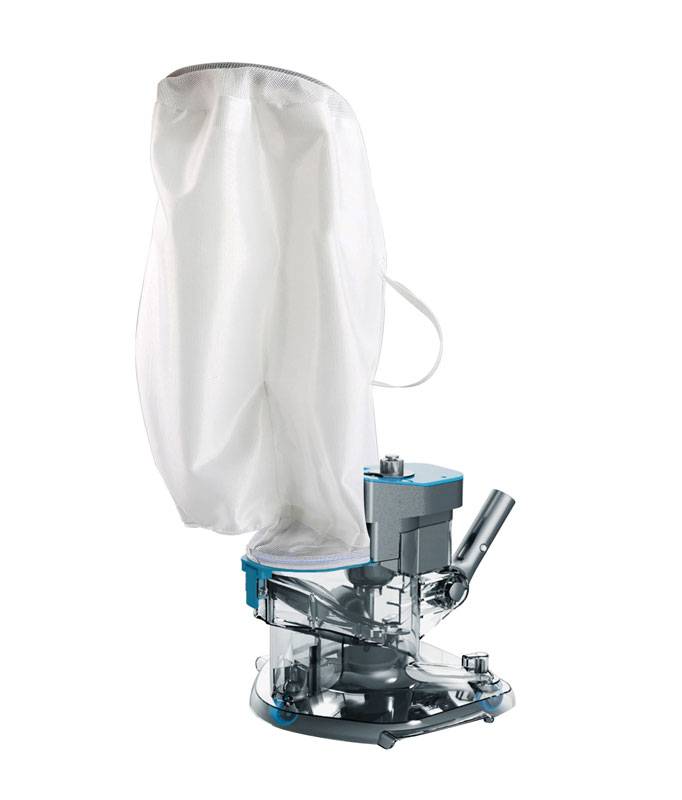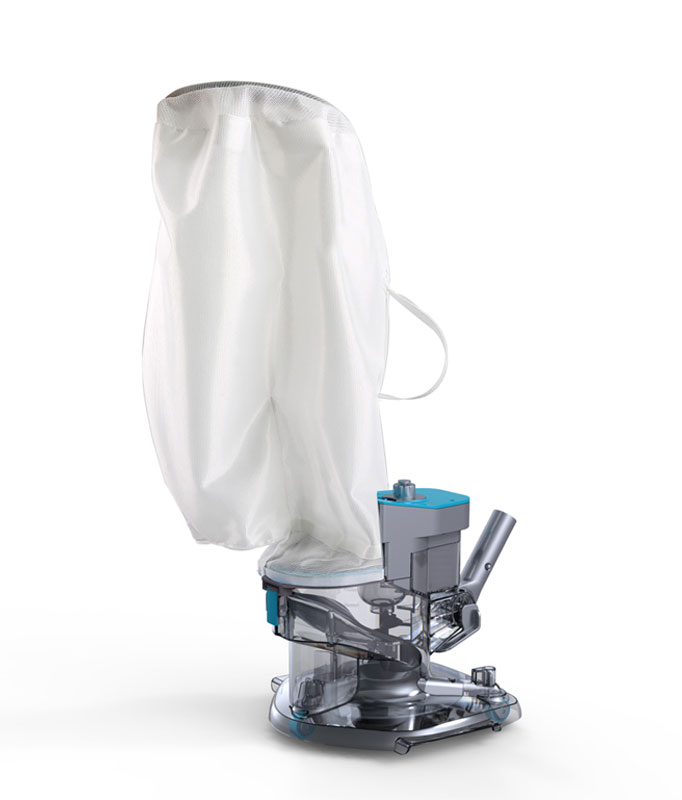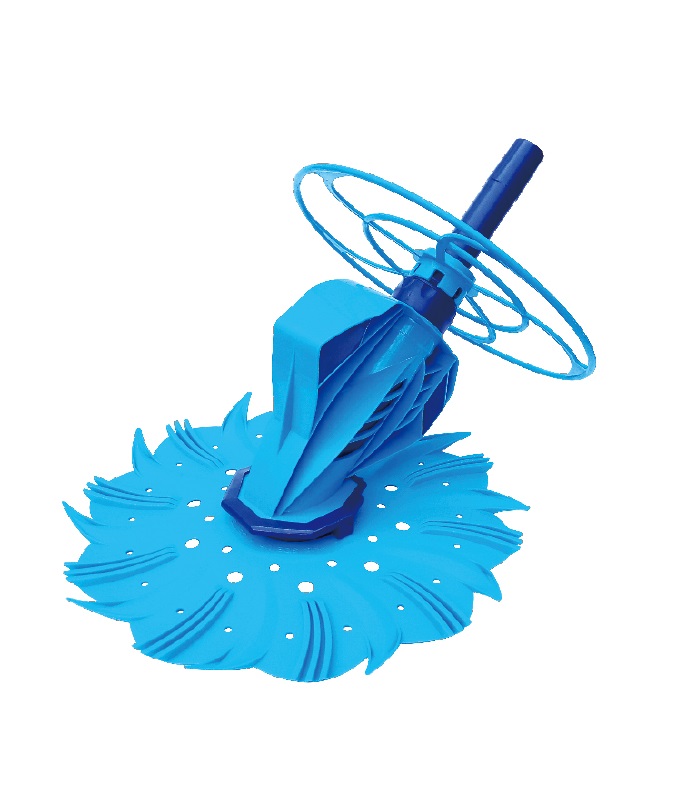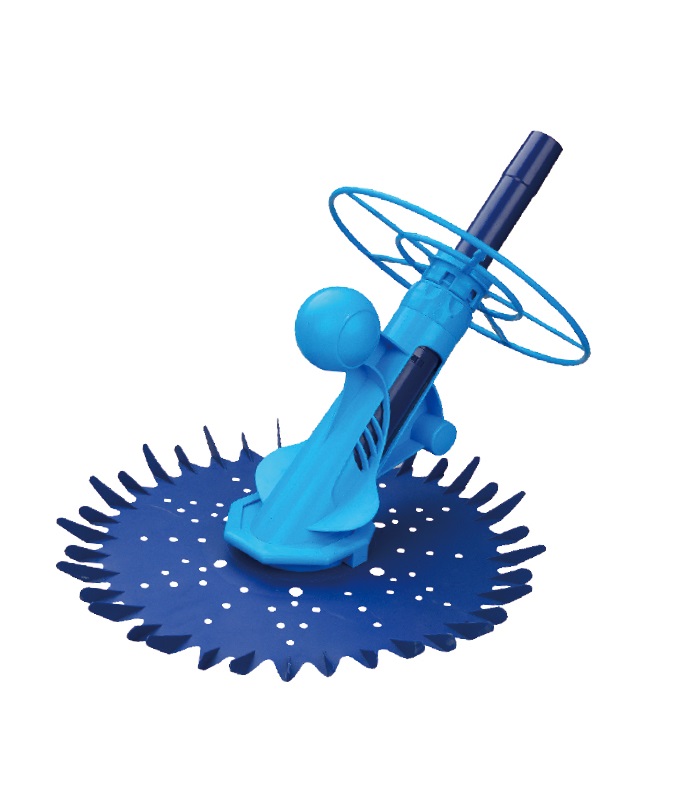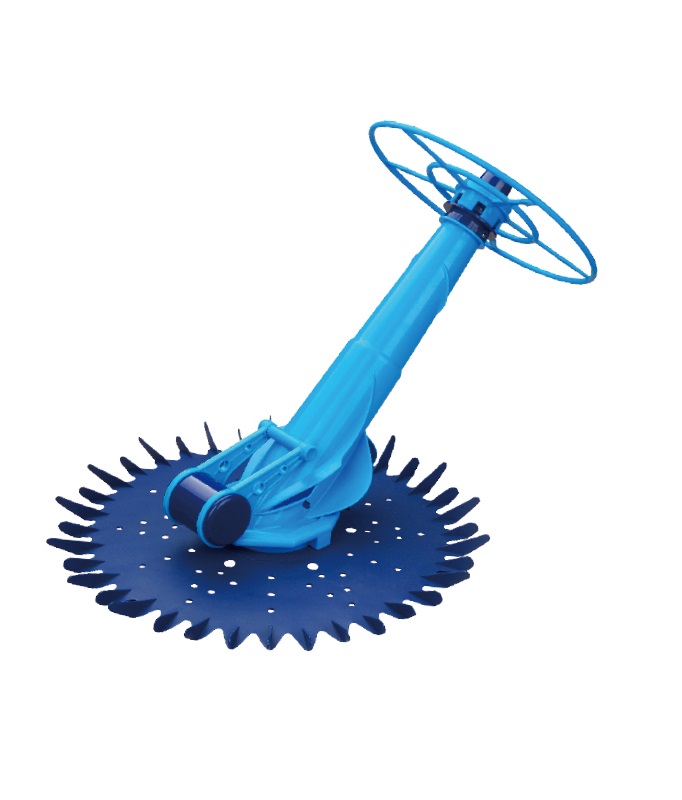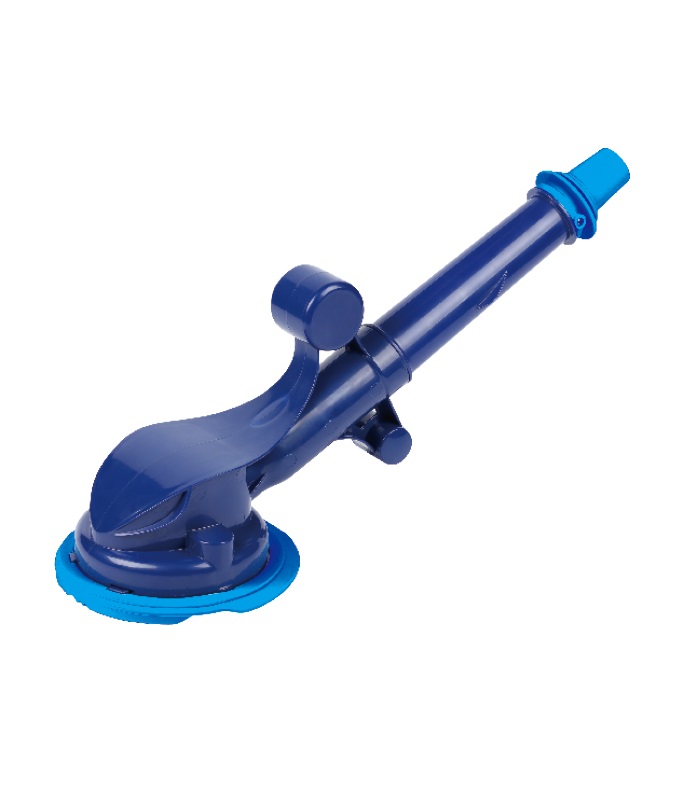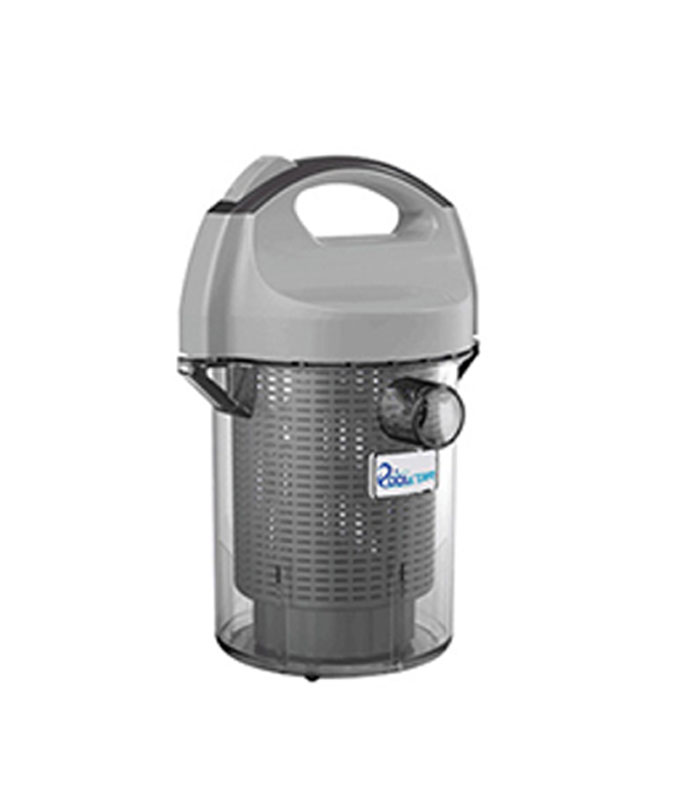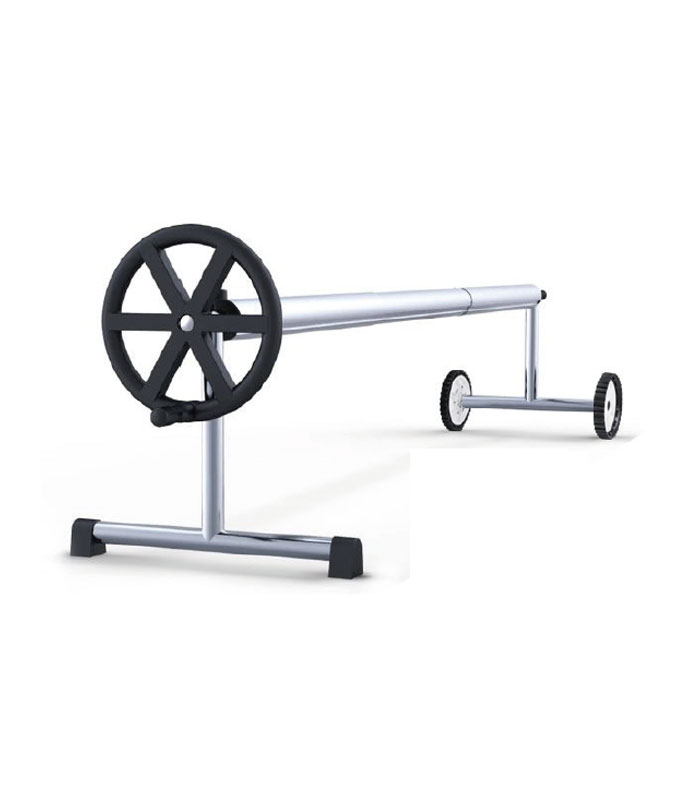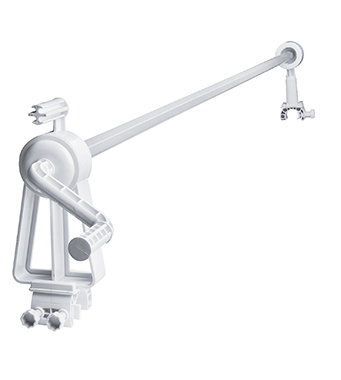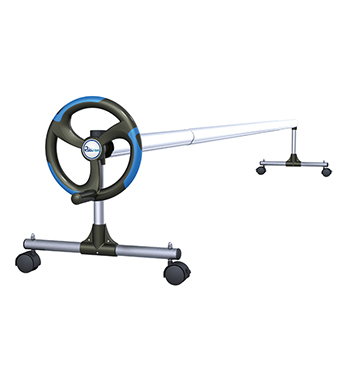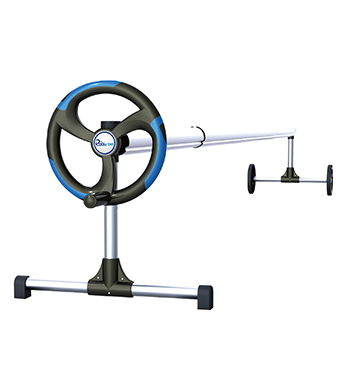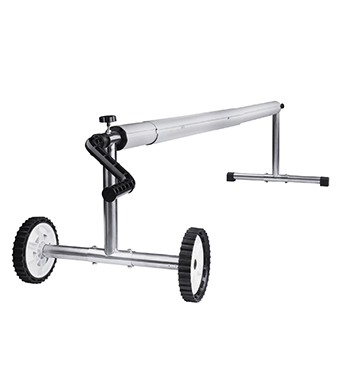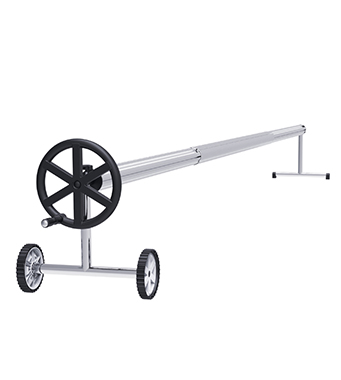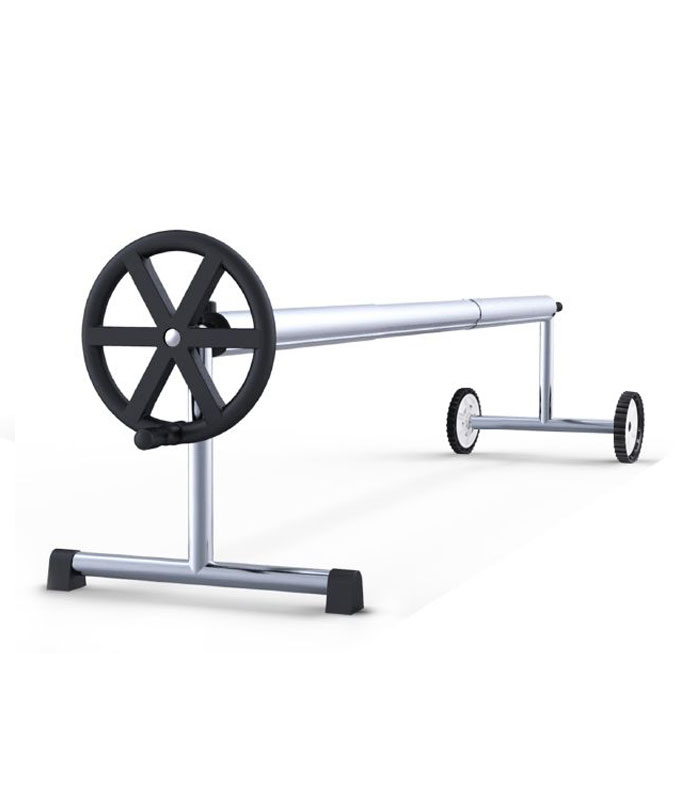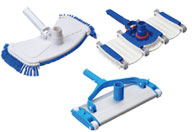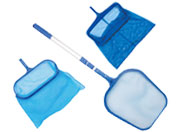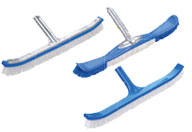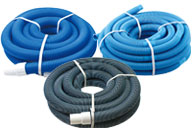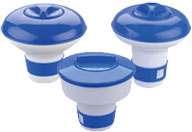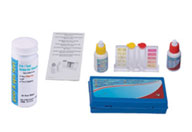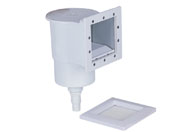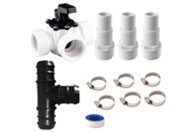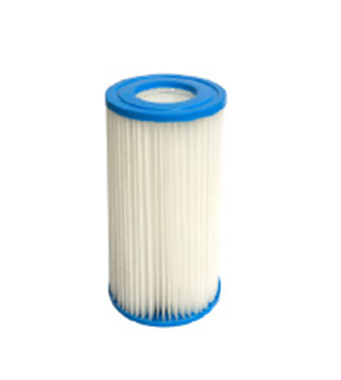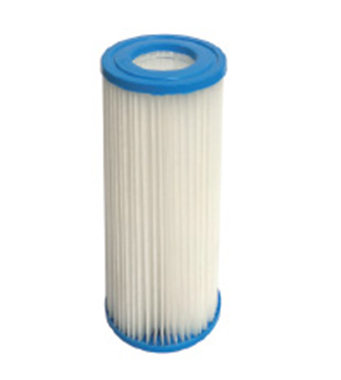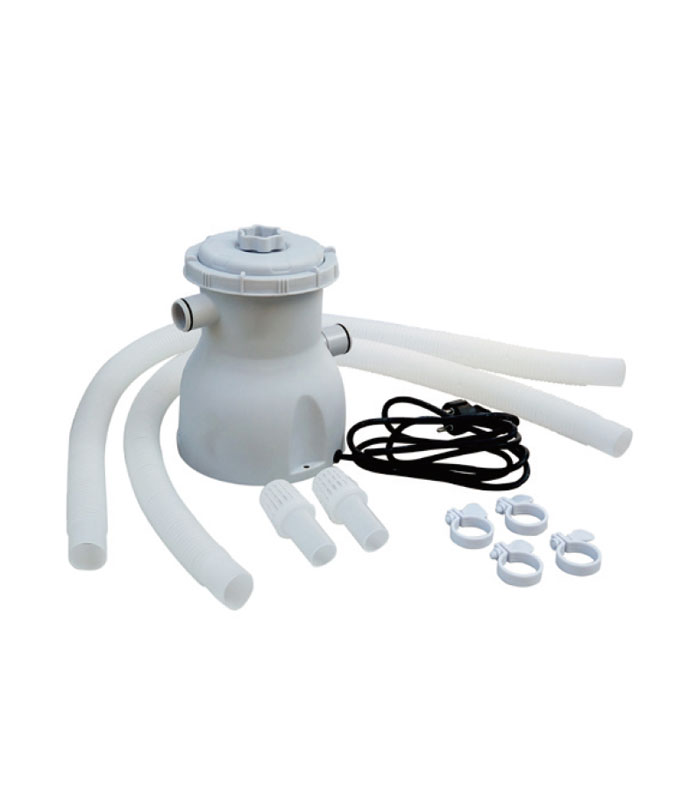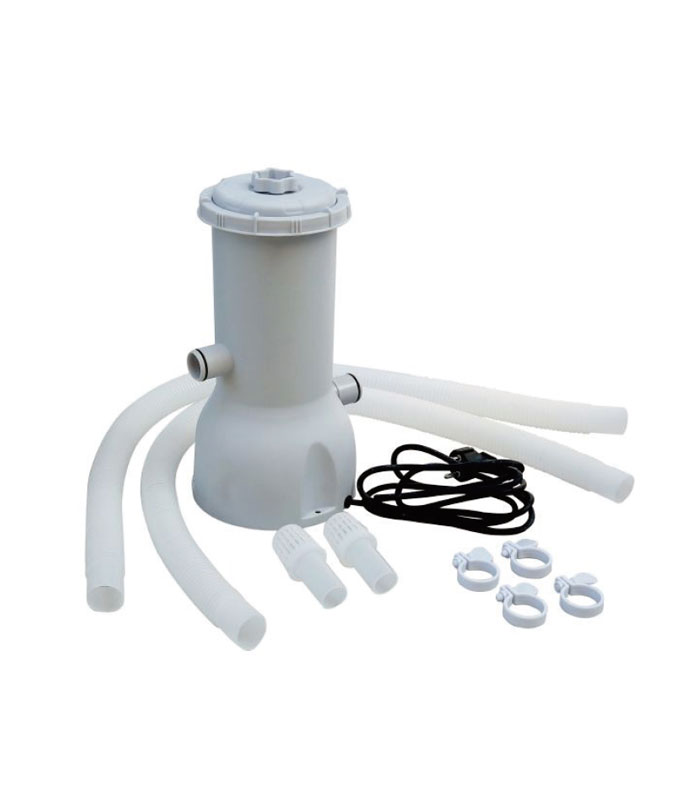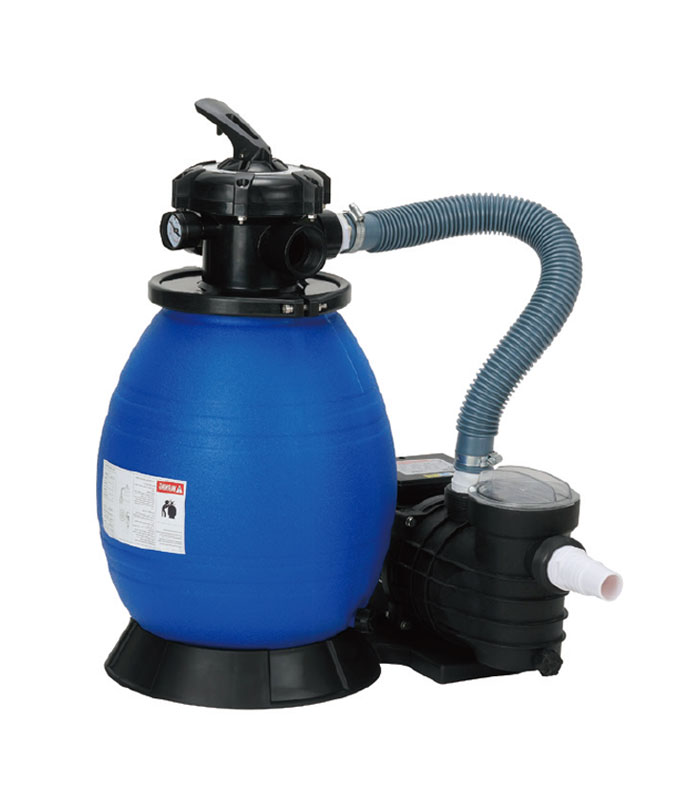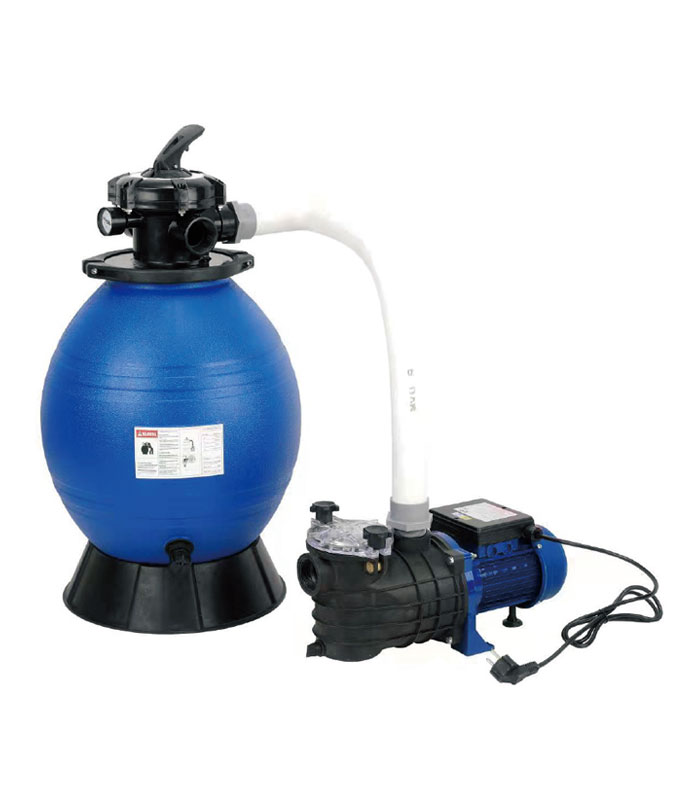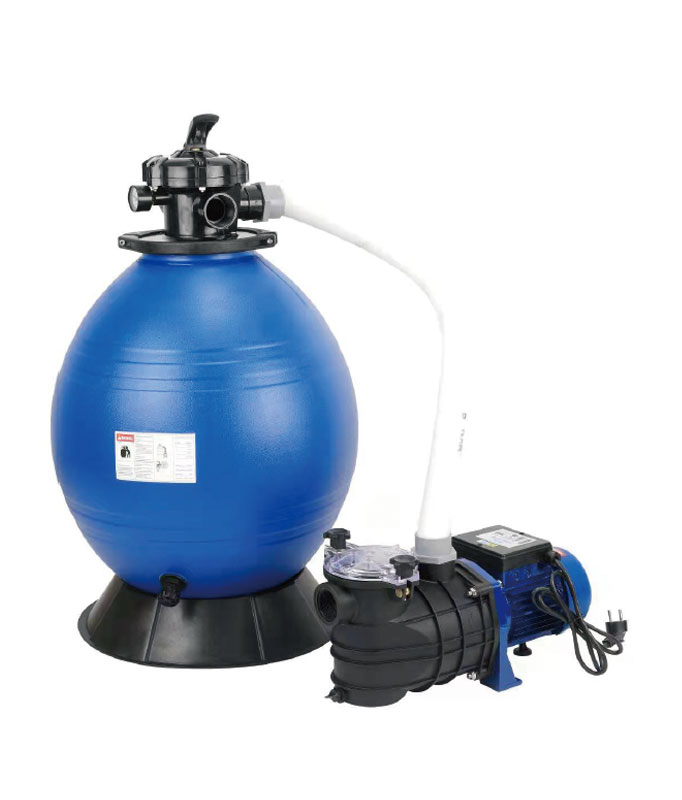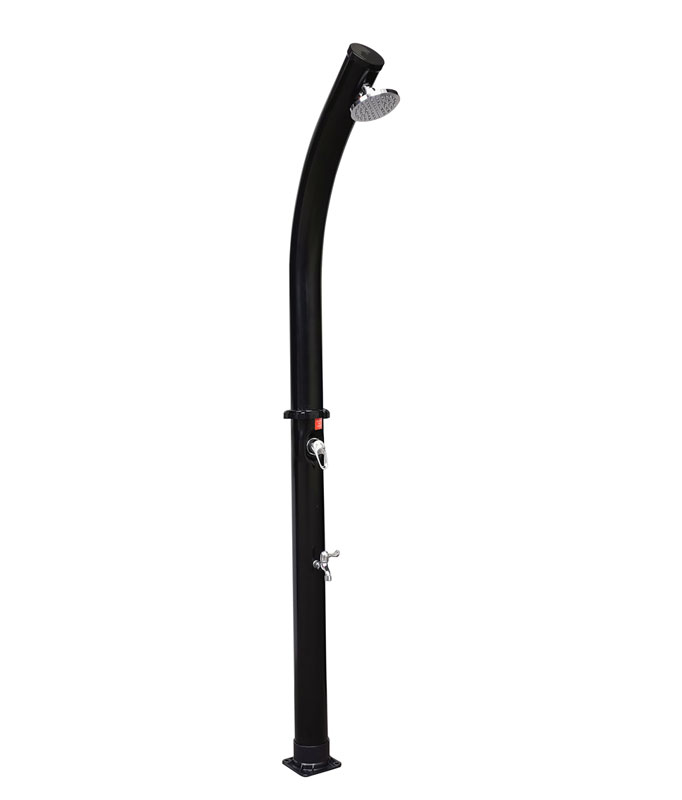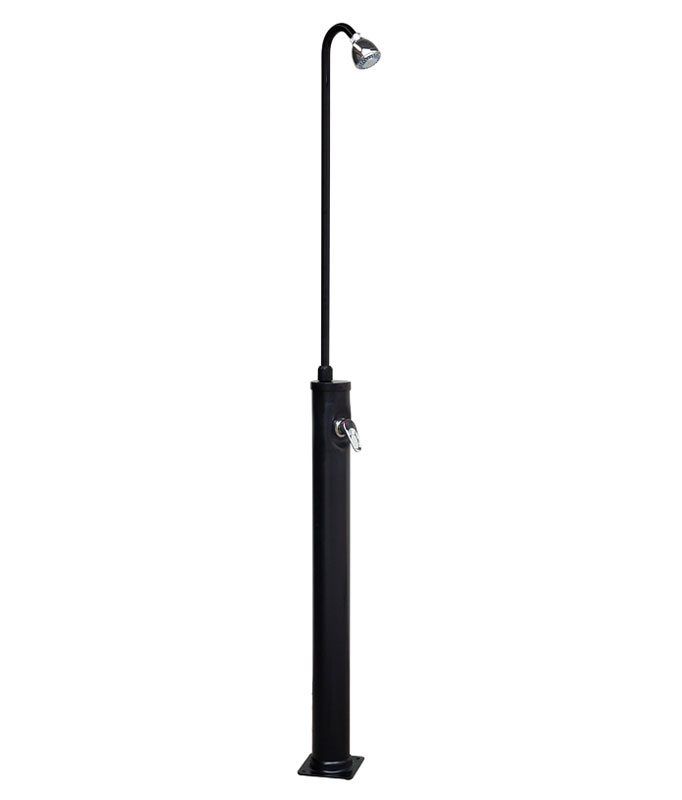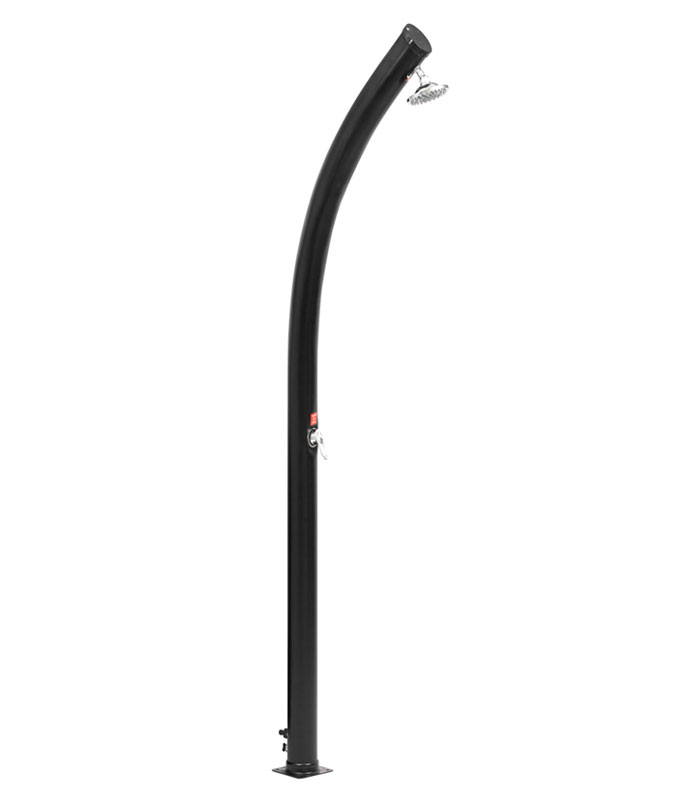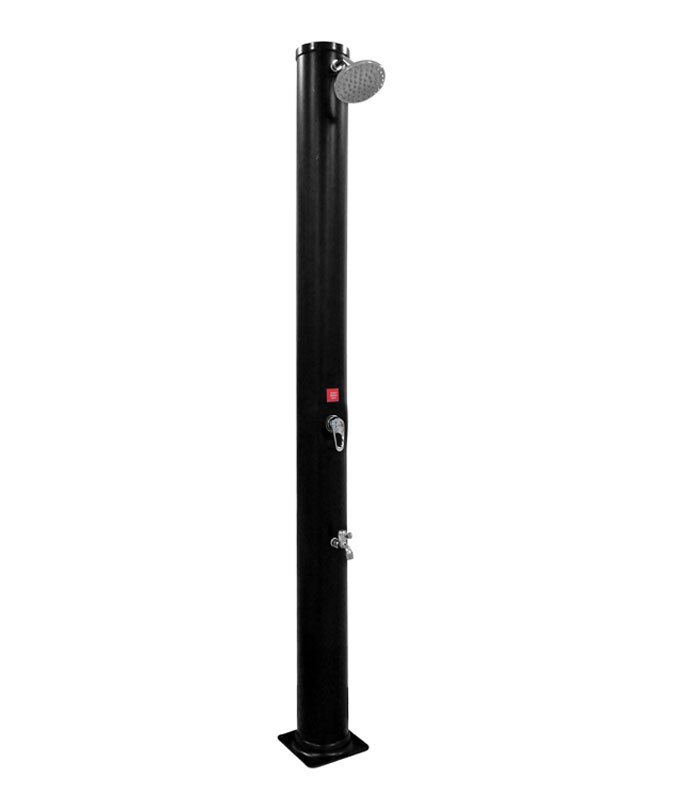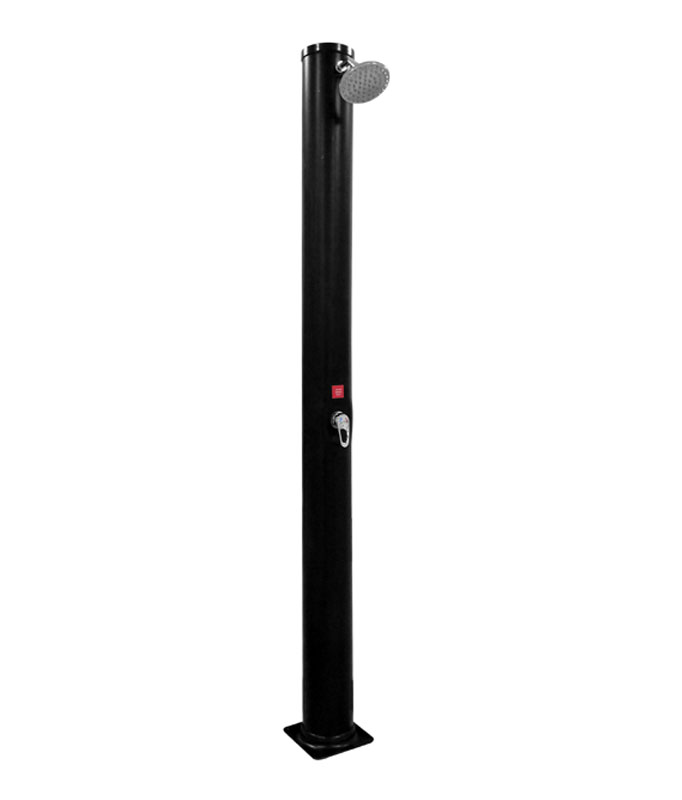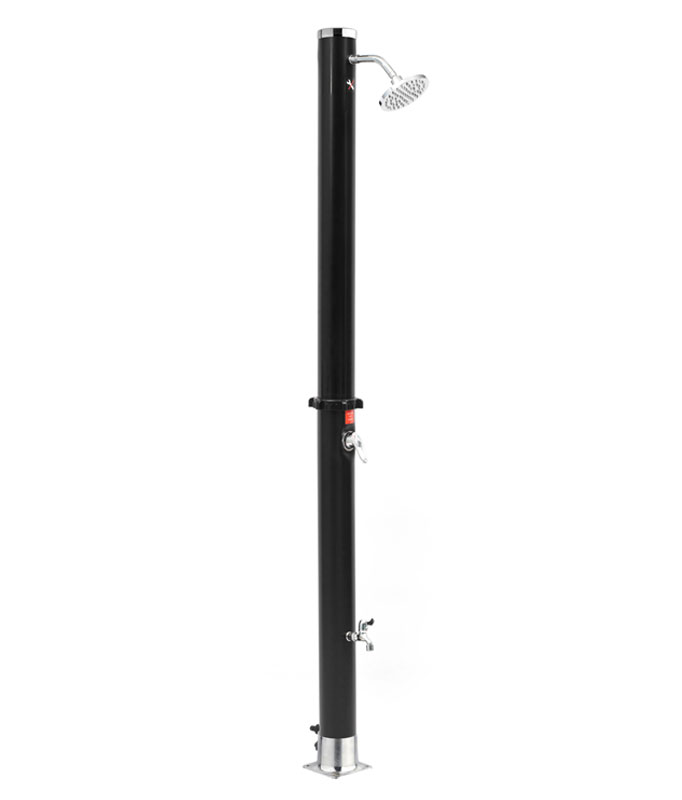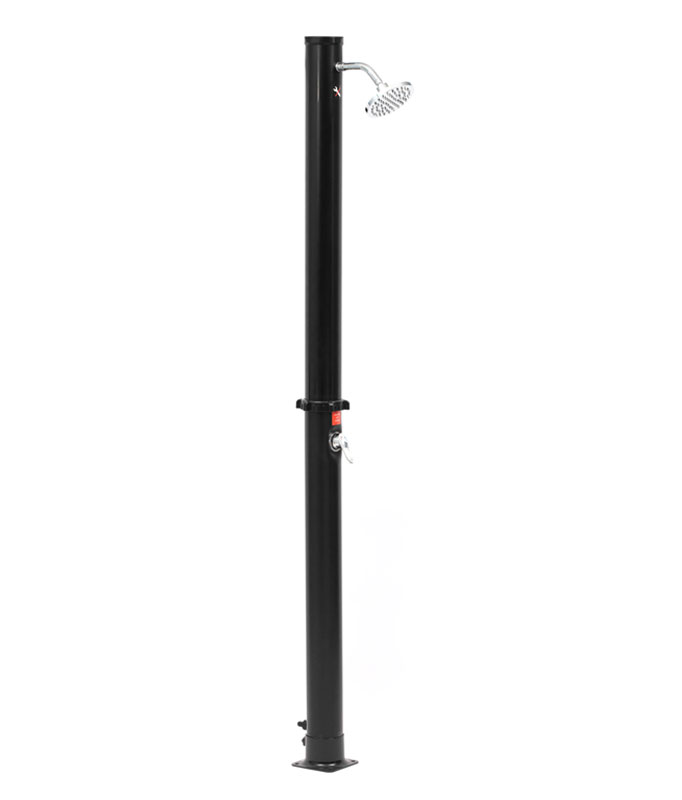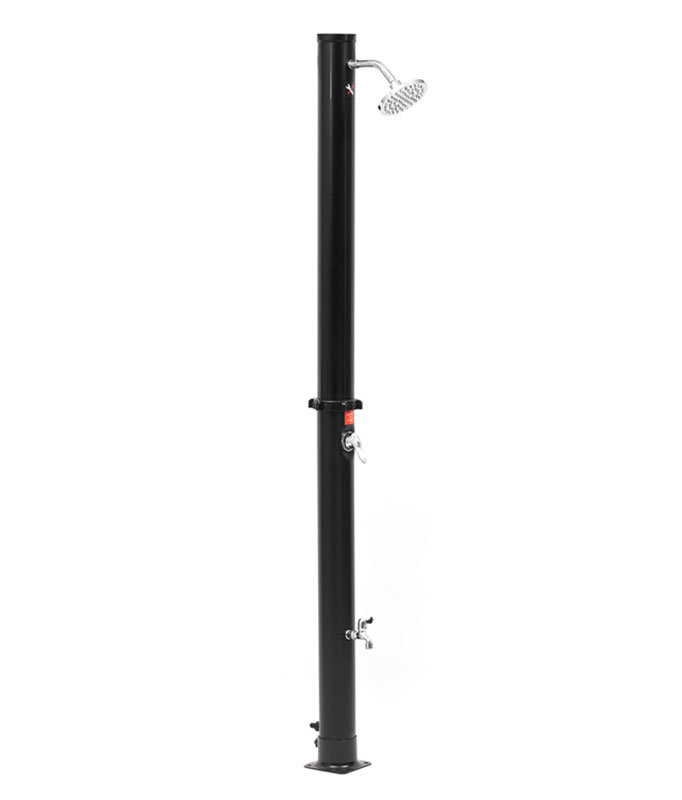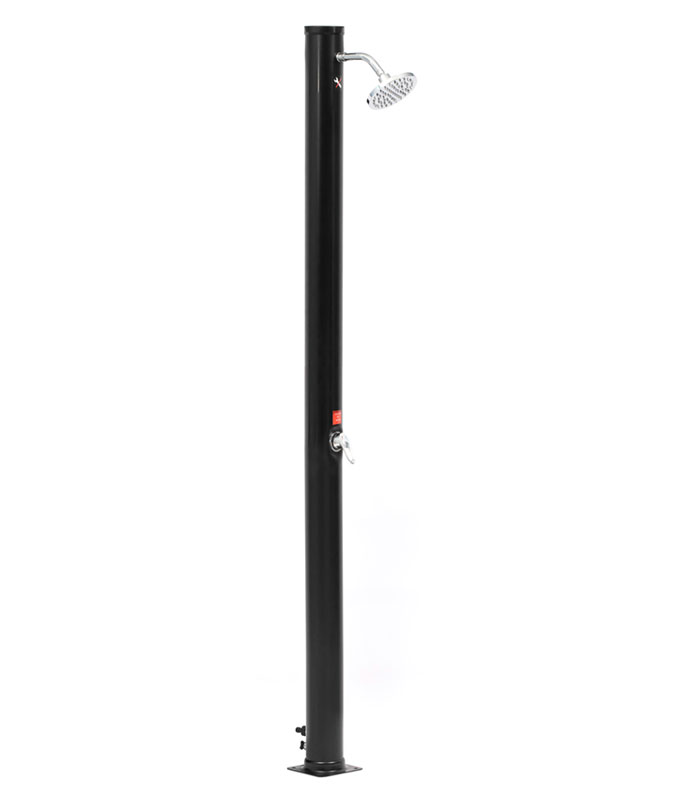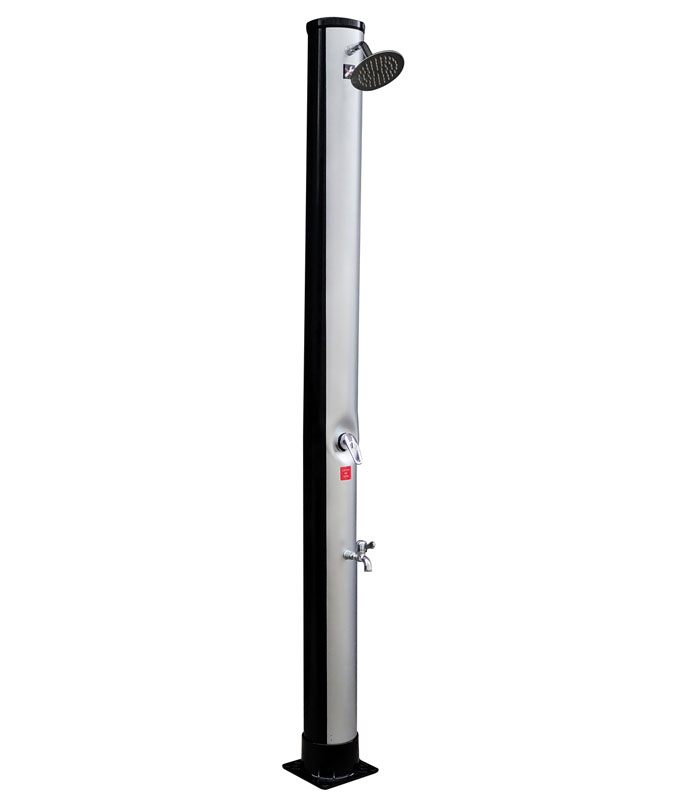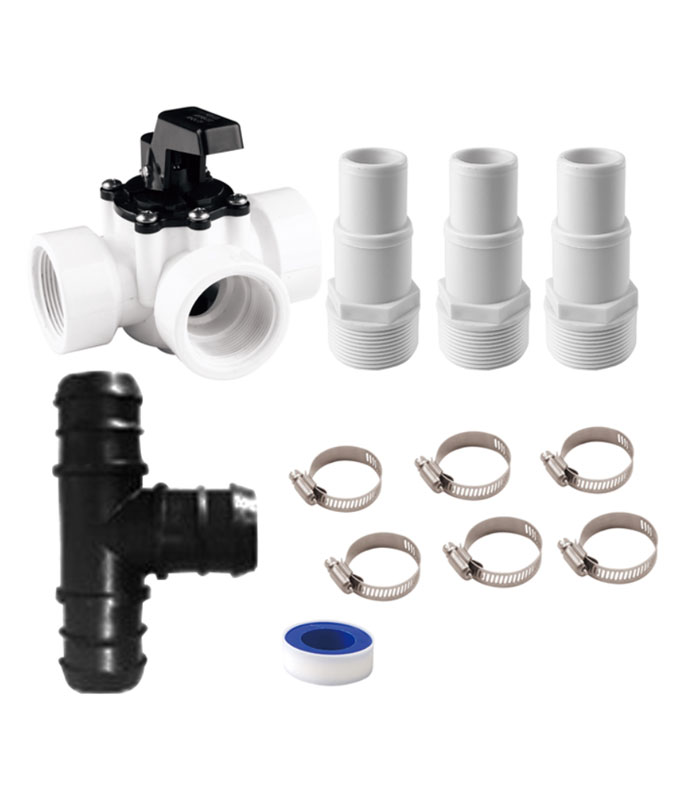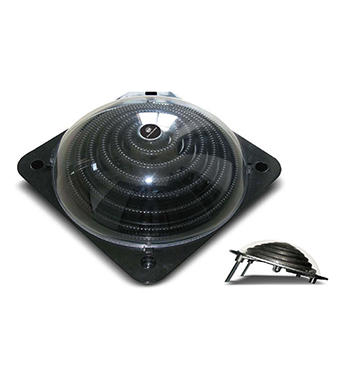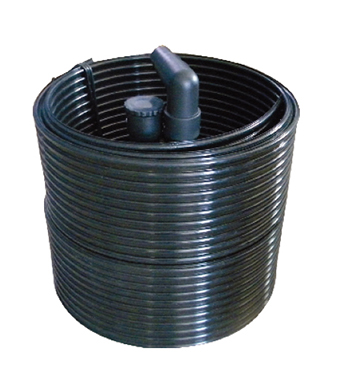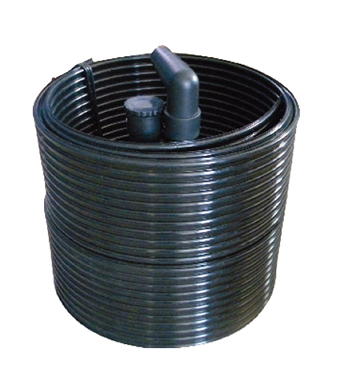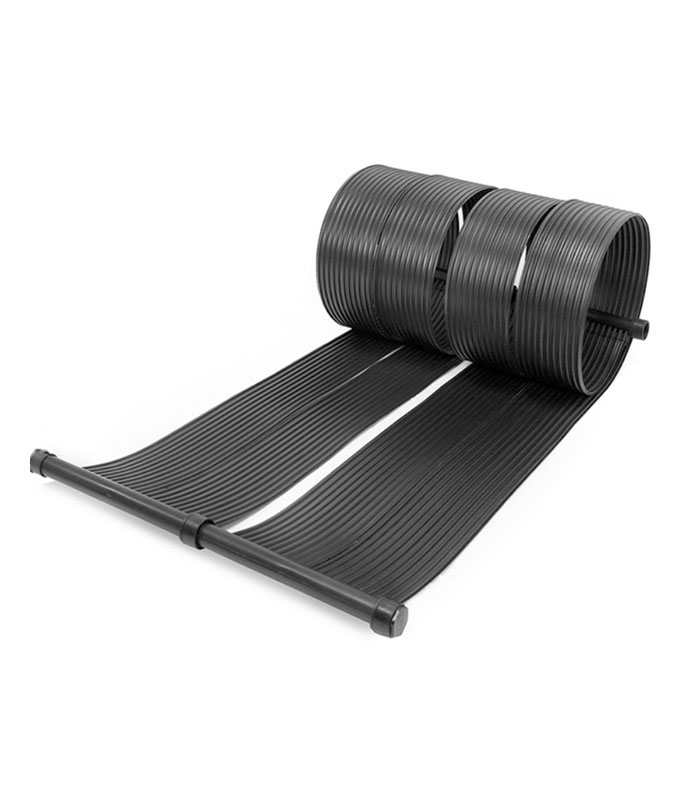Optimizing robotic pool cleaners in large facilities ensures consistent cleanliness and saves operational costs. You can achieve better performance by focusing on proper setup, regular maintenance, and efficient scheduling. For instance, a regional service provider can implement a device sharing model: How can a regional Service provider service 50 pools with 10 robotic pool cleaners? Learn more about advanced options like the AquaJack600 at https://www.cnpoolstar.com/product/aquajack600-robotic-pool-cleaner-2.html.
Key Takeaways
- Plan cleaning times based on when the pool is used. Clean during quiet times so the pool is ready later.
- Take care of your robotic pool cleaner often. Clean its filters and check its brushes to keep it working well and lasting longer.
- Use smart navigation tools and big filters for better cleaning. These help clean tricky pool shapes and pick up more dirt.
Proper Setup and Configuration
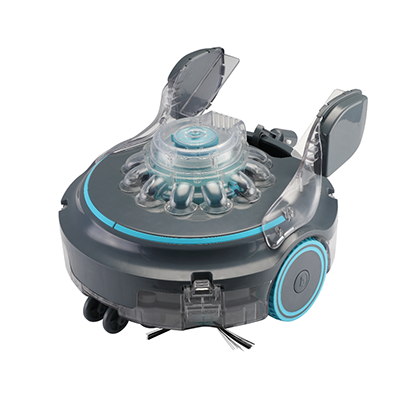
Programming Cleaning Schedules
Setting up a cleaning schedule ensures your robotic pool cleaner operates efficiently. You should program the cleaner to match the facility's usage patterns. For example, if the pool sees heavy use during weekends, schedule cleanings early Monday mornings. This approach keeps the pool ready for the next busy period.
Tip: Use the cleaner's built-in timer or connect it to a smart home system for automated scheduling. This reduces manual intervention and ensures consistent cleaning.
Selecting the Right Cleaning Modes
Most robotic pool cleaners come with multiple cleaning modes. These modes may include quick clean, deep clean, or waterline-only options. You should select the mode based on the pool's condition. For instance, a quick clean mode works well for daily maintenance, while a deep clean mode is better for heavily soiled pools.
- Quick Clean: Ideal for light debris and daily upkeep.
- Deep Clean: Best for thorough cleaning after events or storms.
- Waterline Mode: Focuses on the edges where dirt often accumulates.
Choosing the right mode saves time and energy while ensuring optimal results.
Ensuring Proper Placement and Initial Setup
Proper placement of the robotic cleaner is crucial. Place the device in the center of the pool for even coverage. Ensure the power supply is positioned safely away from the water. Before starting, check that the cleaner's cable is untangled to prevent interruptions.
Note: Always refer to the manufacturer's manual for specific setup instructions. This ensures you get the best performance from your device.
Maintenance and Upkeep
Regular maintenance ensures your robotic pool cleaner performs at its best. Neglecting upkeep can reduce efficiency and shorten the device's lifespan. Follow these steps to keep your cleaner in top condition.
Cleaning Filters and Debris Bags
Filters and debris bags collect dirt, leaves, and other particles from the pool. Over time, these components can clog, reducing the cleaner's suction power. Cleaning them regularly prevents this issue.
- Remove the Filter or Bag: Turn off the cleaner and unplug it. Open the compartment and carefully take out the filter or debris bag.
- Rinse Thoroughly: Use a garden hose to wash away dirt. For stubborn grime, soak the filter in warm water with mild detergent.
- Inspect for Damage: Check for tears or cracks. Replace damaged filters or bags immediately.
Tip: Clean the filter after every use if the pool collects a lot of debris. This keeps the cleaner running smoothly.
Inspecting and Replacing Brushes or Tracks
The brushes and tracks help the cleaner move and scrub the pool surface. Worn-out parts can reduce cleaning efficiency and cause uneven coverage.
- Inspect Brushes: Look for frayed bristles or uneven wear. Replace brushes showing significant damage.
- Check Tracks: Examine the tracks for cracks or loss of grip. Replace them if they appear worn out.
- Follow Replacement Guidelines: Refer to the manufacturer's instructions for replacing these parts. Use compatible components to avoid performance issues.
Note: Inspect brushes and tracks monthly. Pools with rough surfaces may cause faster wear, requiring more frequent checks.
Monitoring and Updating Software
Modern robotic pool cleaners often include software that controls navigation and cleaning patterns. Keeping the software updated ensures the device operates efficiently.
- Check for Updates: Visit the manufacturer's website or app to see if updates are available.
- Install Updates: Follow the provided instructions to update the cleaner's software. This process usually involves connecting the device to a computer or smartphone.
- Monitor Performance: After updating, observe the cleaner's performance. Updates often improve navigation, energy efficiency, or cleaning modes.
Reminder: Set a calendar alert to check for updates every three months. Staying current with software ensures your cleaner uses the latest technology.
By following these maintenance steps, you can extend the life of your robotic pool cleaner and maintain its efficiency. Regular care reduces the risk of breakdowns and ensures your pool stays spotless.
Device Sharing Model: How Can a Regional Service Provider Service 50 Pools with 10 Robotic Pool Cleaners?
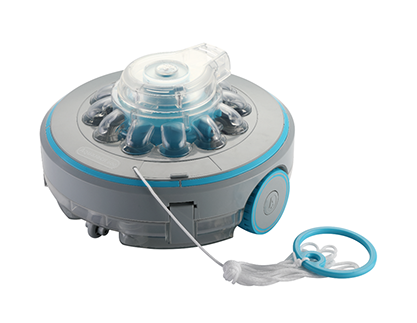
Managing multiple pools with limited robotic pool cleaners requires a well-thought-out device sharing model. You can maximize efficiency by implementing strategies like rotational cleaning schedules, reducing downtime, and aligning cleaning with facility usage patterns. These methods ensure that all pools remain clean and operational without overburdening your resources.
Rotational Cleaning Schedules
A rotational cleaning schedule is essential when servicing 50 pools with only 10 robotic pool cleaners. You can divide the pools into groups and assign specific cleaning days for each group. For example, if you have five groups of 10 pools, you can allocate two cleaners per group and rotate them throughout the week.
- Step 1: Categorize pools based on size, usage, and cleaning needs. High-traffic pools may require more frequent cleaning.
- Step 2: Assign robotic cleaners to each group and create a weekly schedule. Ensure that every pool gets cleaned at least once or twice a week.
- Step 3: Monitor the schedule and adjust it based on seasonal changes or unexpected demands.
Tip: Use scheduling software to automate and track the rotation. This reduces manual errors and ensures no pool is overlooked.
Minimizing Downtime Between Pools
Reducing downtime between pool cleanings is critical for an effective device sharing model. You can achieve this by streamlining the transition process and ensuring the robotic cleaners are always ready for the next task.
- Prepare in Advance: Before moving a cleaner to the next pool, clean its filters and check for any issues. This minimizes delays and ensures optimal performance.
- Optimize Transportation: Use a dedicated cart or vehicle to transport the cleaners quickly between facilities. This saves time and protects the devices from damage.
- Train Staff: Educate your team on efficient setup and takedown procedures. Well-trained staff can reduce the time spent on each pool.
Reminder: Keep spare parts like brushes and filters on hand. Quick replacements prevent unnecessary downtime.
Coordinating with Facility Usage Patterns
Aligning cleaning schedules with facility usage patterns ensures that pools are clean and ready when needed most. You can analyze usage trends and adjust the cleaning times accordingly.
- Identify Peak Hours: Determine when each pool experiences the highest traffic. For example, hotel pools may be busiest in the evenings, while community pools see more use during weekends.
- Schedule Off-Peak Cleaning: Plan cleanings during low-usage periods, such as early mornings or late nights. This avoids disruptions and allows the cleaners to work efficiently.
- Communicate with Facility Managers: Collaborate with facility staff to understand their needs and preferences. This helps you create a schedule that works for everyone.
Note: Regularly review and update the schedule to accommodate changes in usage patterns or special events.
By implementing these strategies, you can effectively manage a device sharing model: How can a regional Service provider service 50 pools with 10 robotic pool cleaners? The key lies in careful planning, efficient resource allocation, and ongoing communication. These practices ensure that all pools remain clean and operational, even with limited equipment.
Pool-Specific Adjustments
Adapting to Different Pool Sizes and Shapes
Robotic pool cleaners perform differently depending on the size and shape of the pool. You should adjust the cleaner’s settings to match these factors. For larger pools, select a cleaning mode that covers the entire area efficiently. Smaller pools may require shorter cleaning cycles to save energy.
Irregularly shaped pools, such as those with curves or sharp angles, need special attention. Ensure the cleaner has advanced navigation features to handle these complexities. Some models allow you to program custom cleaning paths, which can improve coverage in uniquely shaped pools.
Tip: Use a cleaner with a long cable or wireless connectivity for larger pools. This prevents interruptions during operation.
Adjusting for Varying Debris Levels
Pools with high debris levels, such as those near trees or in windy areas, require more frequent cleanings. You should use a cleaner with a high-capacity filter to handle larger amounts of debris. For pools with minimal debris, a quick-clean mode can save time and energy.
- High-Debris Pools: Clean filters after every use to maintain suction power.
- Low-Debris Pools: Schedule cleanings less frequently to extend the cleaner’s lifespan.
Reminder: Monitor the pool’s debris levels regularly. Adjust the cleaning schedule as needed to maintain optimal performance.
Optimizing for Unique Pool Features (e.g., steps, slopes)
Steps, slopes, and other unique features can challenge robotic pool cleaners. Choose a model designed to handle these areas effectively. Look for cleaners with climbing capabilities or specialized brushes for scrubbing steps and walls.
If your pool has steep slopes, ensure the cleaner has strong traction to prevent slipping. Some models include sensors that detect and adapt to these features automatically.
Note: Test the cleaner on unique features during setup. This ensures it can navigate and clean these areas without issues.
Upgrading and Using Accessories

Advanced Navigation Systems
Upgrading to a robotic pool cleaner with advanced navigation systems can significantly improve cleaning efficiency. These systems use sensors and algorithms to map the pool and plan the most effective cleaning path. This ensures the cleaner covers every corner without wasting time on already cleaned areas.
Tip: Look for models with gyroscopic navigation or smart mapping features. These technologies help the cleaner adapt to complex pool layouts, including irregular shapes and obstacles.
Advanced navigation systems also reduce energy consumption by optimizing the cleaner's movements. This upgrade is especially useful for large facilities with multiple pools.
High-Capacity Filters and Debris Bags
High-capacity filters and debris bags allow your robotic pool cleaner to handle more dirt and debris in a single cleaning cycle. This reduces the need for frequent emptying, saving you time and effort.
- Benefits of High-Capacity Filters:
- Capture fine particles like sand and silt.
- Handle larger debris such as leaves and twigs.
- Maintain strong suction power for longer periods.
Reminder: Always check the compatibility of filters and bags with your cleaner model. Using the wrong type can affect performance.
Additional Tools for Specialized Cleaning
Some robotic pool cleaners offer accessories for specialized cleaning tasks. These tools enhance the cleaner's ability to tackle unique challenges, such as stubborn algae or hard-to-reach areas.
- Examples of Accessories:
- Scrubbing Brushes: Ideal for removing algae from walls and floors.
- Corner Nozzles: Help clean tight spaces and pool edges.
- Floating Cables: Prevent tangling during operation.
Note: Investing in these tools can make your cleaner more versatile and effective, especially in pools with unique features.
Maximizing the efficiency of robotic pool cleaners starts with proper setup, regular maintenance, and smart scheduling. These steps ensure consistent performance and extend the device's lifespan. Pool-specific adjustments and upgrades, like advanced navigation systems, further enhance cleaning results.
Tip: Apply these strategies today to save time, reduce costs, and keep your pools spotless!
FAQ
How often should you clean the filters of a robotic pool cleaner?
Clean the filters after every use, especially for pools with high debris levels. This ensures optimal suction power and prevents clogs.
Can robotic pool cleaners handle irregularly shaped pools?
Yes, many robotic pool cleaners feature advanced navigation systems. These systems adapt to curves, sharp angles, and unique layouts for thorough cleaning.
What should you do if the robotic pool cleaner stops working?
Check the power supply, cable connections, and filters. If the issue persists, consult the user manual or contact the manufacturer for support.

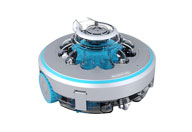 Robotic Pool Cleaner
Robotic Pool Cleaner 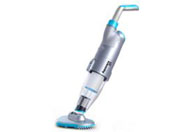 Portable Pool Vacuum Cleaner
Portable Pool Vacuum Cleaner 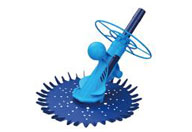 Automatic Pool Cleaner
Automatic Pool Cleaner 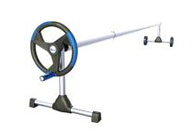 Pool Cover Reel
Pool Cover Reel 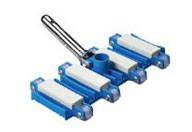 Pool Cleaning Accessories
Pool Cleaning Accessories 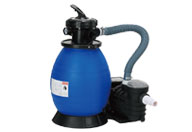 Pool Filter Pump
Pool Filter Pump 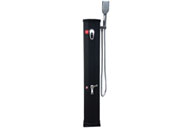 Pool Solar Shower
Pool Solar Shower 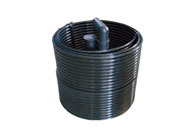 Pool Solar Collector
Pool Solar Collector 

